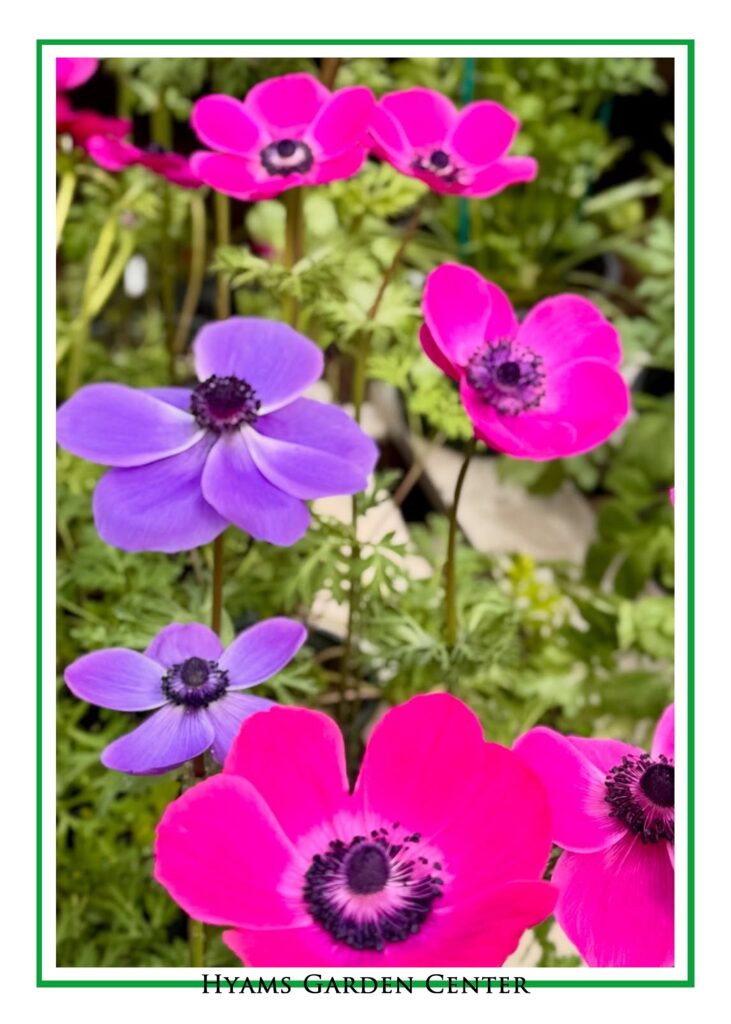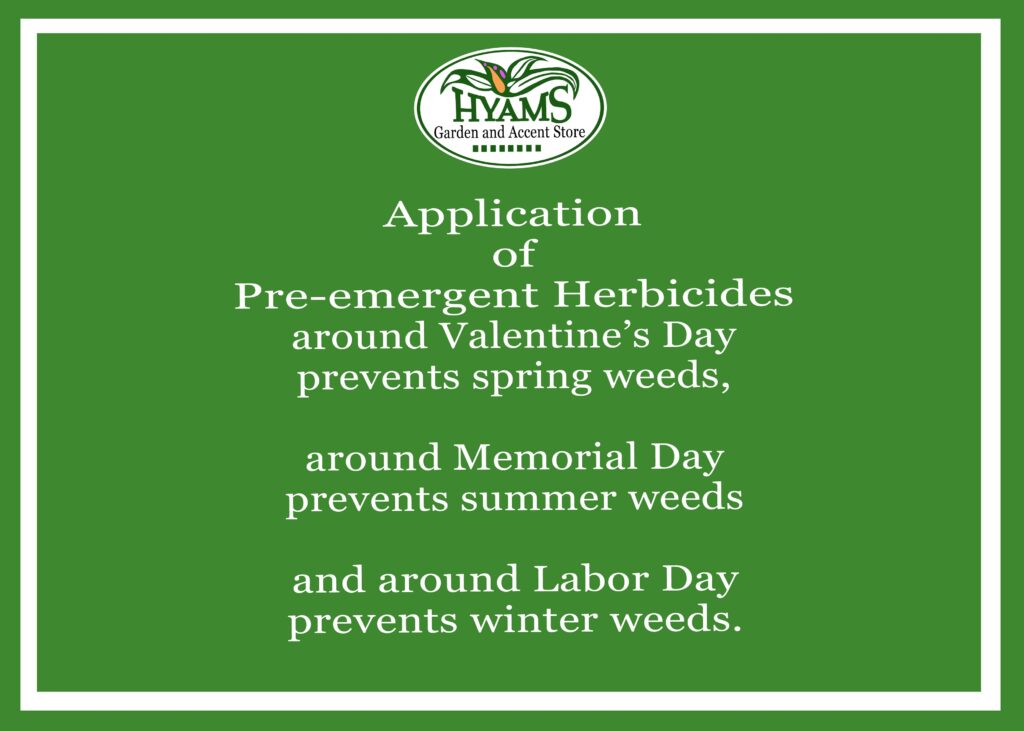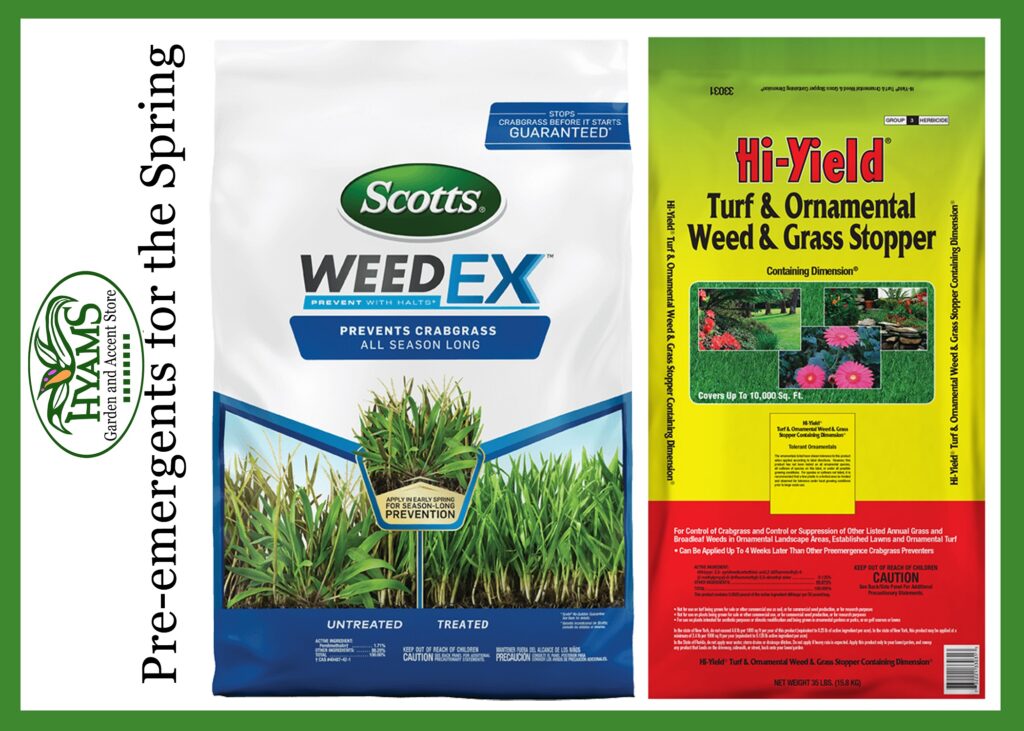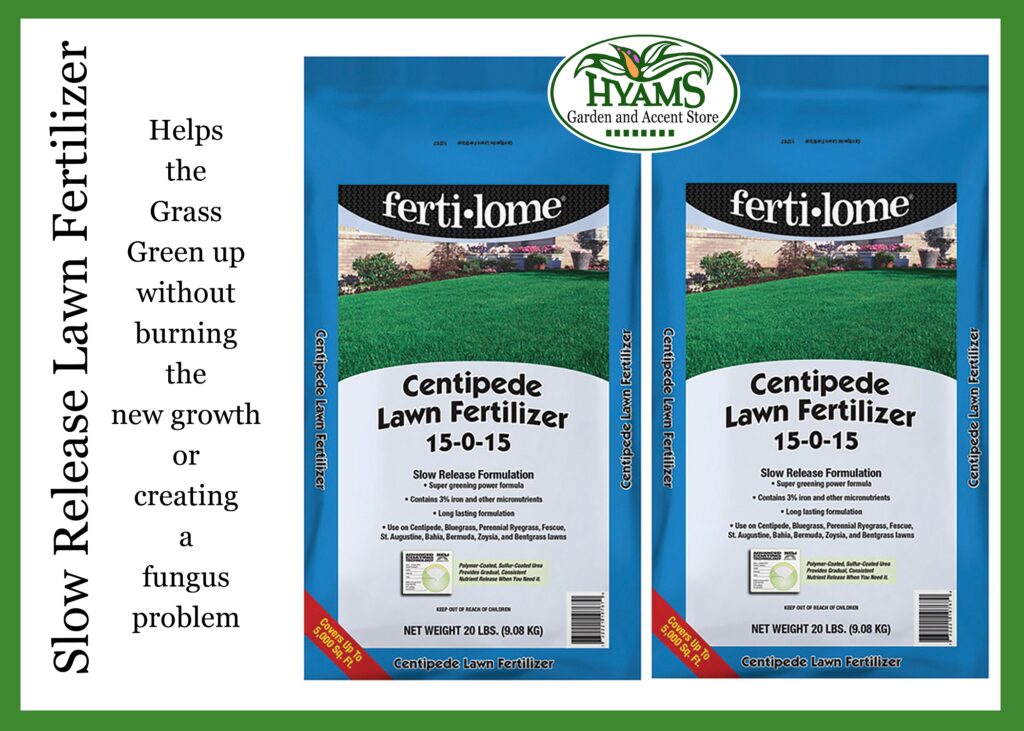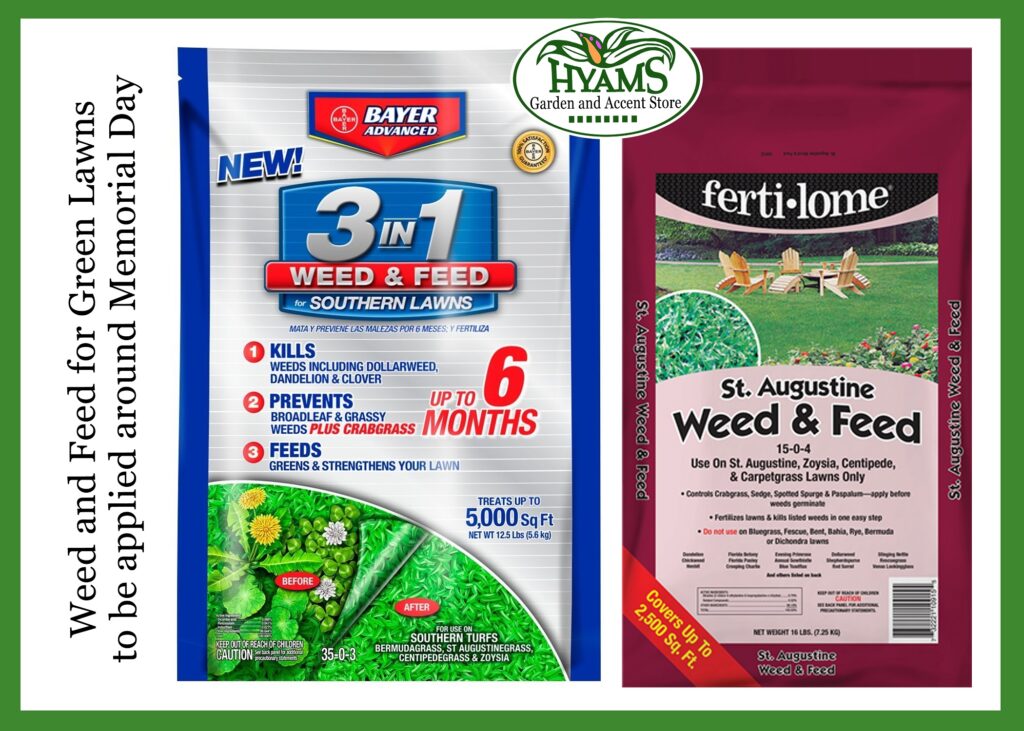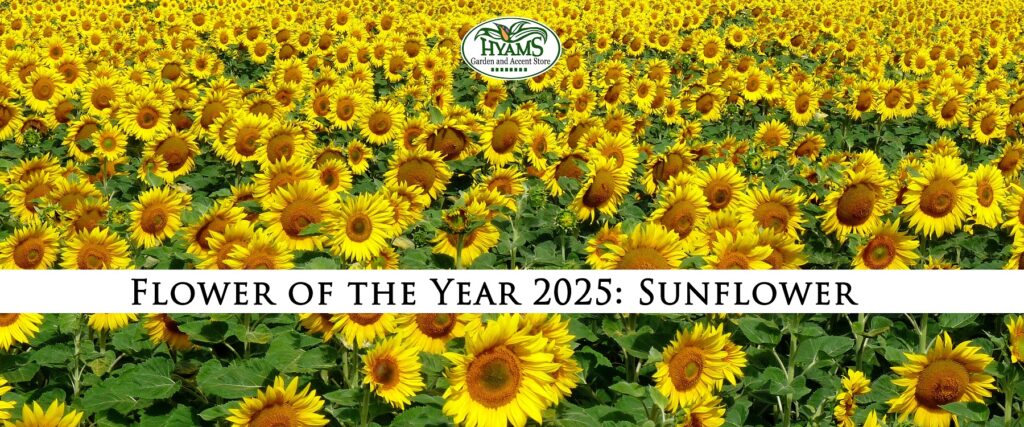Step into the season of renewal, where every bloom is a brushstroke, and the earth is your canvas. At Hyams Garden Center, a vibrant palette of Spring’s finest awaits—petals kissed by sunshine, leaves whispering in the breeze, colors dancing in the light.
Choose your hues, shape your vision, and let nature’s artistry flourish in your garden beds. Whether bold and bright or soft and serene, your masterpiece begins here.
Come, be inspired. Let Hyams help you paint your perfect spring.
